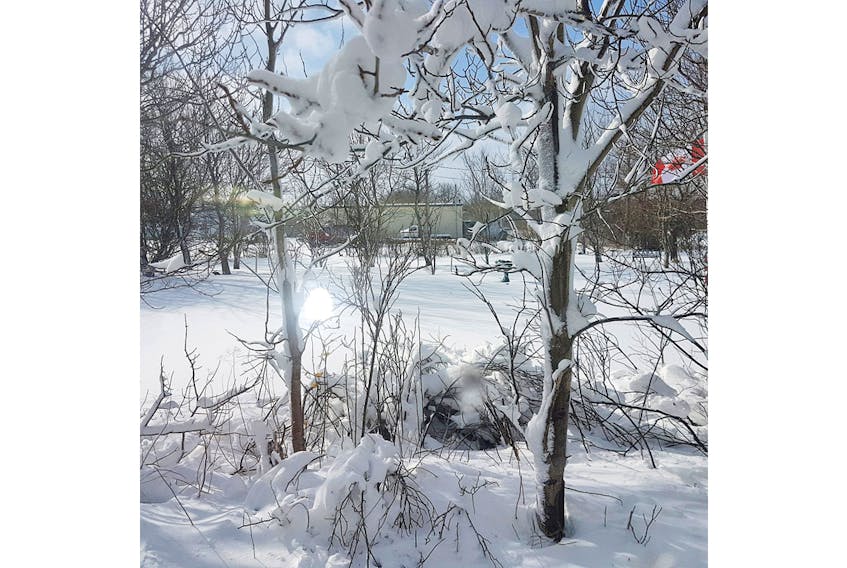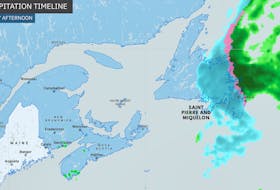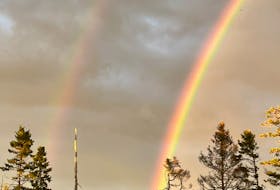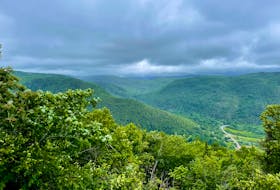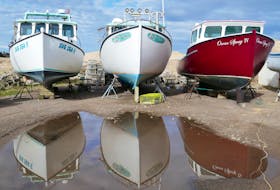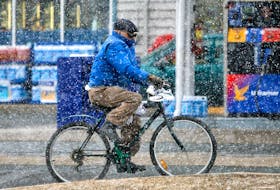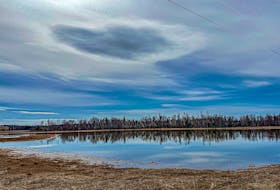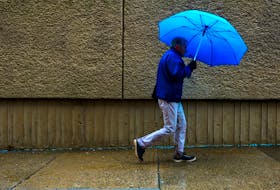
It happens after every snowfall, every winter since I started in this business: a flood or “squall” of questions about how snow is measured. I like to post snowfall totals following a storm but inevitably, I get asked why the numbers don’t seem right; why there is so much more or so much less snow outside the window.
It's easy to measure the snow on the ground, but you may be surprised to learn that it’s one of the least accurate measurements in the study of meteorology.
The trusty metre stick provides the best measurement of snowfall totals. Because it always helps to take grass out of the equation when measuring snow, meteorological technicians and volunteer weather observers use a "snow board", which is essentially a piece of plywood nailed to the ground. Every 6 hours, the snow depth on the board is measured then the snow is swept or shoveled off the board. This exercise continues for the duration of the storm. Once the snow has stopped, the 6 hour measurements are tallied et voila, you have a snowfall total.
you can imagine, wind makes measuring snow very difficult. Blowing snow can cause drifts to form, resulting in inaccurate measurements. That’s why most technicians have more than one snow board down in an open field. It's best to take a series of measurements and average them out.
Aside from the trusted old plywood, there is another instrument that is used to collect snow at airports and other official measuring stations. The instrument sits on a post outside, looks like an upside down bell and is called a Nipher gauge. The bell-shaped device captures the falling snow; most of it anyway. The downside is that strong winds can and often do blow some snow out of the gauge. When the contents of the gauge are melted down and converted into a snowfall total, it's often less than what you are seeing at home.
All that to say that these snowfall totals may or may be exactly what you readers in Nova Scotia ended up with in your driveway …
Sydney Airport: 35
North Mountain: 25
Eskasoni: 24
Ingonish Beach: 24
Halifax International Airport: 23
St. Anns: 23
Cheticamp: 22
Aspy Bay: 22
Sydney Forks: 22
Northeast Margaree: 21
Trafalgar: 18
Dartmouth: 14
Duncans Cove: 14
Enfield: 11
Jimtown: 10
Bedford: 10
Upper Stewiacke: 10
Hammonds Plains: 9
WEATHER FACT
Look for the sun and the moon in the sky this morning!
The moon has entered its last quarter phase; that means it rises around midnight and remains visible in the southern sky all morning!
Last quarter moons are positioned ahead of the Earth in our trip around the sun. About 3 hours later, Earth will occupy that same location in space.
- Want more weather information? Visit WeatherByDay.ca
- Have a weather question, photo or drawing to share with Cindy Day? Email [email protected]
Cindy Day is the chief meteorologist for SaltWire Network.

